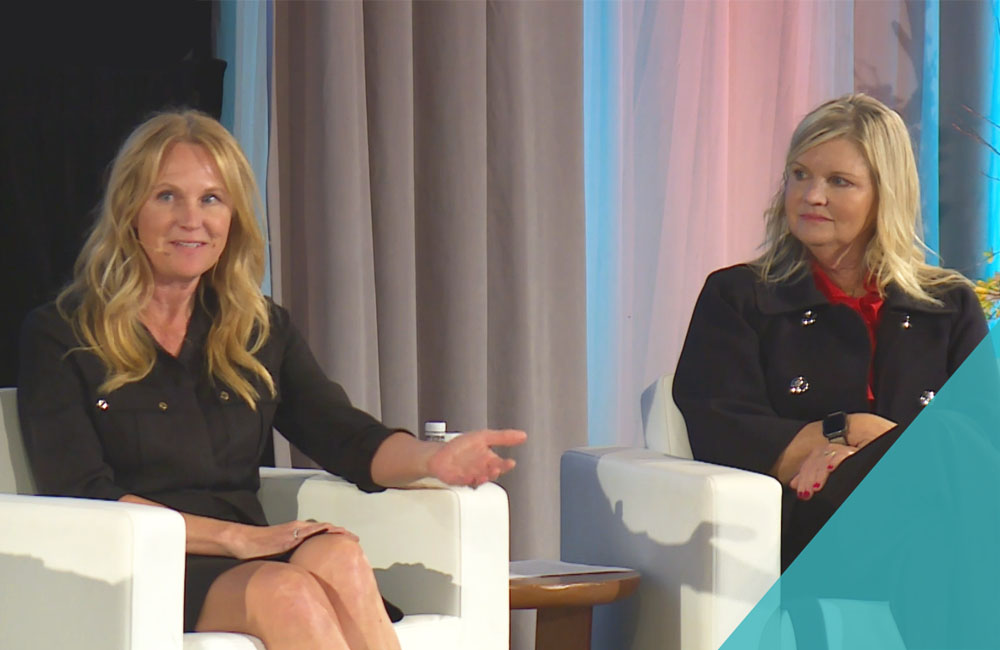
Start Now To Get Your 10 Bonus Years To Your Life
You can add 10 bonus years to your life, but you can’t wait until the last moment to decide to pursue that extra decade. To get your best shot at living longer, you have to start now.
David Meinz, a registered dietitian and health promotion speaker, shared the secret to adding 10 years to your life at “Wellness Success in the Workplace,” an Alliance Learning Circle held Jan. 21 at Monona Terrace.
Meinz focused on the top three health issues that are likely to undermine your chances of living longer: cardiovascular disease, cancer and type 2 diabetes/obesity.
The Top Threat
“Your number one health threat, if you’re an American, is cardiovascular disease,” Meinz noted. There are 58,000 names on the Vietnam War Memorial, Meinz noted, and that’s a tragedy. Yet 58,000 Americans die of heart disease every three weeks.
Meinz said the most common first symptom for people with cardiovascular disease is death. That adds urgency to making lifestyle changes and recognizing the symptoms of heart attack and stroke, which can differ for men and women.
Inflammation is often the cause of a cardiovascular event, Meinz said. He said people who have a high risk of cardiovascular disease should consider having a carotid intima-medial thickness test (CIMT), which examines the thickness of the wall of the carotid artery. (Routine CIMT screening is not recommended by the U.S. Preventive Services Task Force for individuals without symptoms who are at “average” risk.)
Cancer and Diet
Two-thirds of cancers are related to lifestyle factors, Meinz said, with one-third linked to smoking and another one-third linked to diet and obesity.
Diabetes is also linked to diet and obesity. Meinz noted that nearly half of Americans have either diabetes or pre-diabetes, which means they have higher-than-normal blood glucose levels, yet have not yet reached the level to be diagnosed as diabetic.
- Eat plant-based foods that are prepared in a healthy way, which provides more food volume for fewer calories when compared to the typical American diet. For example, one-quarter cup of raisins and a full cup of grapes each have 100 calories, but the grapes are both more filling and better for you.
- Tastebuds can differ, so be aware that some people genuinely perceive vegetables as bitter. It may require an extra effort to make vegetables tasty for these people. Adding a light layer of cheese to broccoli can be a healthy approach, for example. Meinz recommended using resources on the Health and Nutrition section of the Physicians Committee for Responsible Medicine website to begin eating a more plant-based diet.
- Recognize that health care decisions are made in the American supermarket and the American restaurant, where people choose what they eat. Meinz said it’s important to look at labels for portion size and sugar content. Given the high sugar content of many foods, such as sugar-laden cereals for kids, most people will eat less sugar if they buy unsweetened foods and add their own sugar. People must eat less sugar and less fat to achieve weight loss.
- Rely less on the scale and more on the measuring tape. Weighing yourself once a week is helpful, but using a tape measure on your waist is more important. Studies
shown the bigger your waist size, the more likely you are to develop chronic conditions such as cardiovascular disease, high blood pressure and diabetes. Women should aim for a waist size of 35 inches or smaller, while men should aim for 40 inches or smaller. - People who successfully lose weight exercise regularly; eat a low-calorie, low-fat diet; and avoid fad diets, among other practices. Meinz recommended 75 minutes a week of vigorous exercise or 150 minutes a week of moderate exercise.
- To recognize people at higher risk of diabetes, Meinz suggests using a two-hour glucose tolerance test. But people at risk can be identified without an additional blood test if they know their triglyceride-to-HDL cholesterol ratio. Divide your triglycerides by your HDL or “good” cholesterol to learn this ratio. People should be concerned about pre-diabetes if the outcome is above 3.5 for Caucasians, above 3 for Hispanics, and above 2 for African-Americans.
- Use personal, one-on-one coaching to help employees make a life change. Meinz said this is the most effective tool for behavior change, with face-to-face coaching performing better than telephone-based coaching.
Live Young
Following these good health practices can make a difference between how old you are and how old you feel, Meinz said.
“The best thing in life is to die young – as late as you possibly can,” Meinz said.







